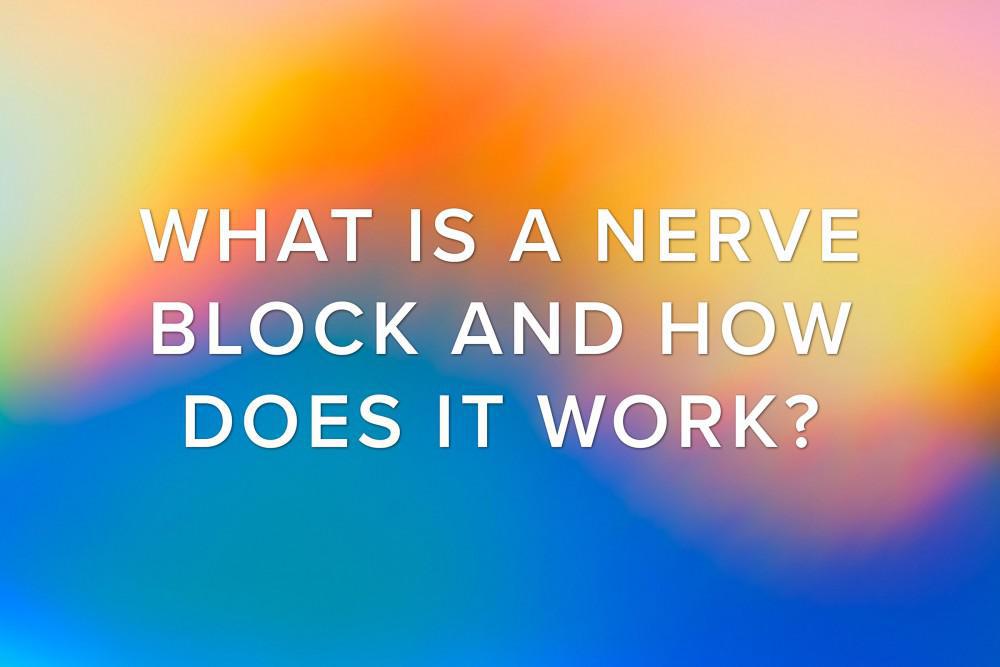
How Are Injections Used to Treat Pain?
There are many tools and treatments when it comes to Pain Management, and some that are often less understood are injections. And though they might not be widely understood, they are quite common and highly effective when it comes to treating chronic pain.
The following are among the more common types of injection treatments:
Occipital Nerve Blocks. These injections use a local anesthetic and are often used with a small corticosteroid dose to treat migraines and other types of chronic headaches. The injection is placed near the greater and lesser occipital nerves, which run through the scalp from the top of the spinal cord.
Epidural Steroid Injections. These are used to treat arm, back, leg, neck, and shoulder pain. The pain is usually caused by inflammation of spinal nerve roots, and corticosteroids are used in low doses for this procedure. It also can last for several weeks or even months.
Facet Joint Injections. Also known as Medial Branch Blocks, these are used to treat and even diagnose spinal pain. They are administered via live X-ray imaging and deliver low doses of medication to treat pain in the back, buttocks, and neck.
Major Joint Injections. These are used in the hips, knees, and shoulders to treat pain resulting from a variety of underlying causes. Corticosteroids, local anesthetics, or even hyaluronan are injected directly into the source of the pain point.
Selective Nerve Root Block. This two-part injection is used to identify the nerve pain source, which typically starts in the neck and continues down through the shoulders, arms, and down to the hands. There are a variety of causes for this type of pain. The first injection is a contrast dye to determine the correct placement. The second injection is a combination of lidocaine and cortisone that are injected into the root of the nerve.
Sacroiliac Joint Block Injection. Used to treat and diagnose lower back pain, this is used for the joint that connects the spine and pelvis. The injection of steroid is administered after lidocaine, which is used to numb the area. This treatment is often combined with physical therapy and adjustments by a chiropractor.
Used under the correct circumstances, these injection treatments are highly effective in helping patients find relief from chronic pain.










Related Posts